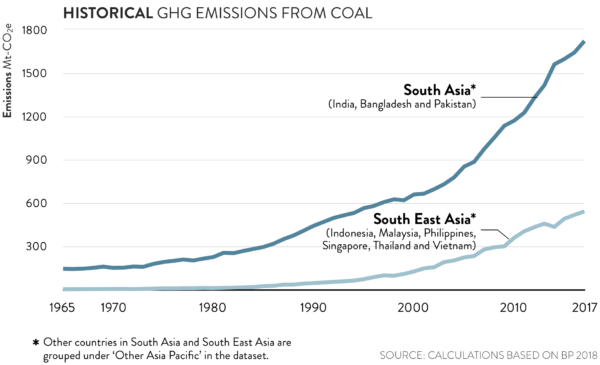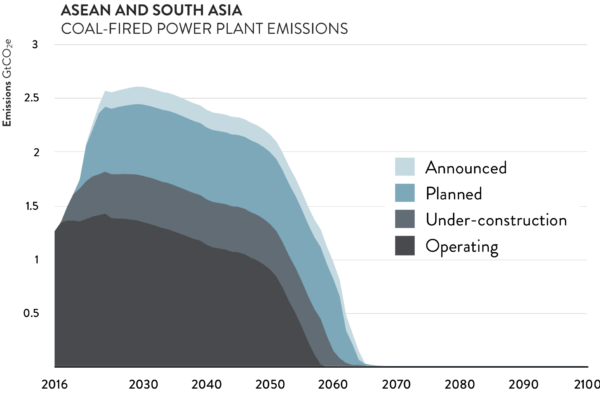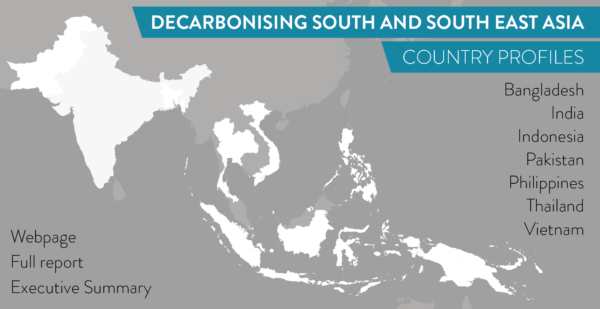Decarbonising South Asia and South East Asia
Authors
Ursula Fuentes Hutfilter, Paola Yanguas Parra, Anne Zimmer, Andrzej Ancygier, Fahad Saeed, Robert Brecha, Bill Hare, Jessie Granadillos, Tina Aboumahboub, Gaurav Ganti, Ilsa Kelischek, Raghuveer Vyas, Carl-Friedrich Schleussner, Michiel Schaeffer
Share

This report and shows that South and South East Asian countries can shift their energy systems from fossil fuels to renewables to fuel economic growth, boost sustainable development and overcome energy poverty while avoiding life-threatening pollution and environmental degradation.
It includes seven country profiles: Bangladesh | India | Indonesia | Pakistan | Philippines | Thailand | Vietnam
South and South East Asia are among the world’s most vulnerable regions with very large and increasing populations exposed to high and often extreme climate risks. They are experiencing substantial damages and risks already at 1°C of warming. Limiting global warming to 1.5°C in line with the Paris Agreement’s long-term temperature goal would reduce impacts and risks in these regions otherwise threatening the achievement of the Sustainable Development Goals (SDGs).
Both regions have a vast and largely untapped renewable energy potential. Utilisation of solar and wind could satisfy the energy needs of almost all of the countries in these regions many times over. The average cost of utilising these renewable power sources was already in the same range as fossil fuels in 2016, even without accounting for external costs, such as health and environmental impacts of fossil fuels.
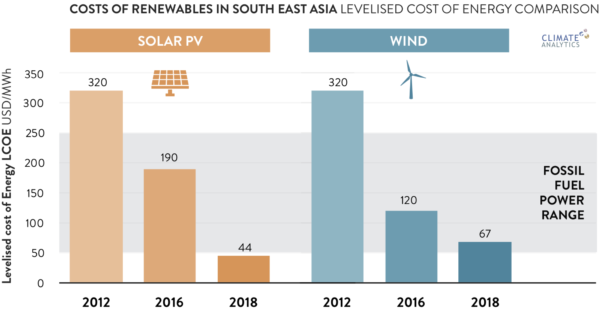
An energy system transformation towards full decarbonisation would have multiple benefits for sustainable development for South and South East Asia through increased energy security and access to affordable modern energy for all, avoided air pollution damages and reduced or avoided water use, land contamination and environmental degradation.
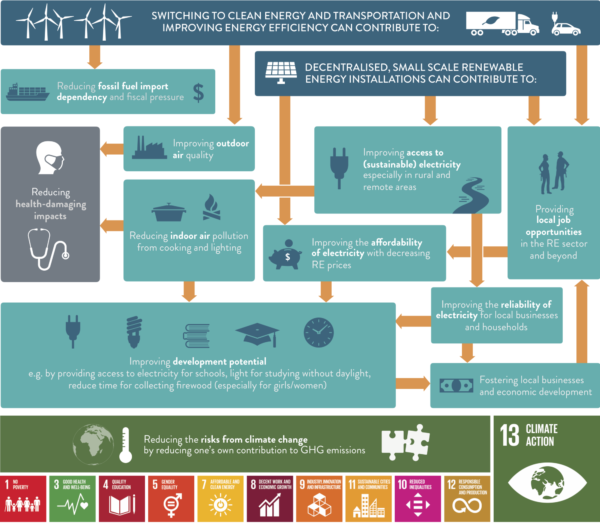
To meet both sustainable development goals and the goals of the Paris Agreement, South and South East Asia need to decarbonise their energy systems by 2050, mainly through a rapid increase of renewable energy use, in particular in the power sector, and decarbonisation of end use sectors through electrification or direct use of renewable energy, as well as large demand reductions across all end-use sectors.
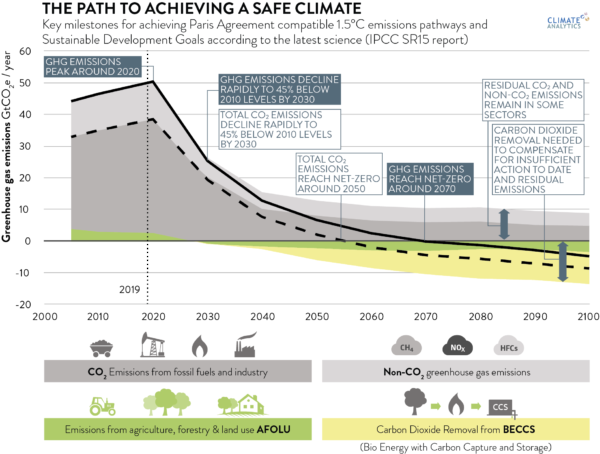
The power sector will play a critical and essential role in decarbonising the entire energy system. Latest science shows that both regions need to and can move to at least 50% share of decarbonised electricity generation by 2030 and 100% by 2050. A wide range of renewable energy and storage technologies, with wind and solar showing the most potential for large-scale expansion, are available to meet increasing demand associated with policies aimed at providing full access to electricity and economic growth in these dynamically developing regions.
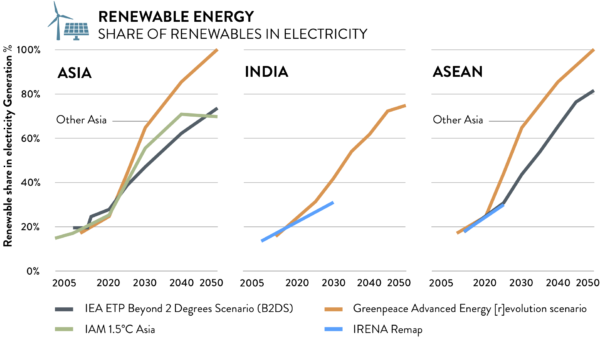
In order to align their energy plans with the Paris Agreement and SDGs, and limit the risk of stranded fossil-fuel assets, countries in South and South East Asia will need to urgently consider how to reverse their current trend of expanding coal-fired generation capacity and how to implement policies to enable a fast decarbonisation of the electricity mix, phasing out coal for power generation by 2040.
